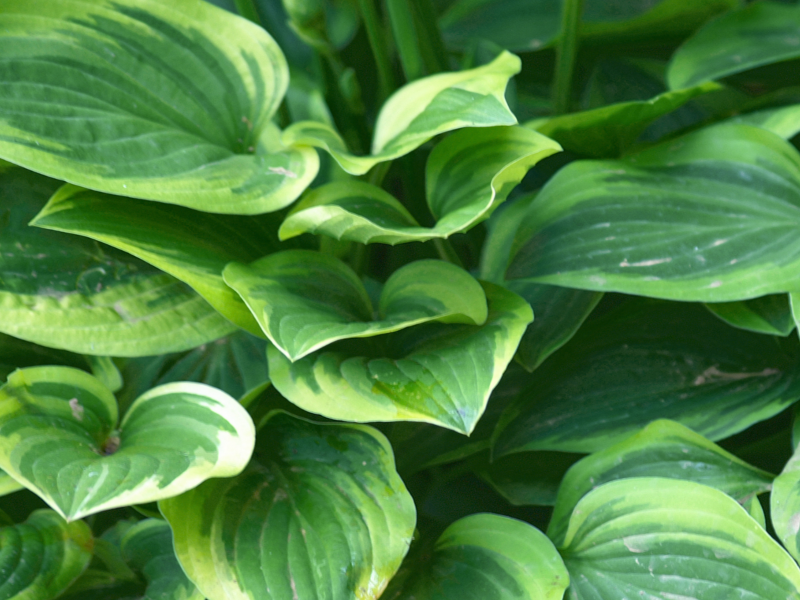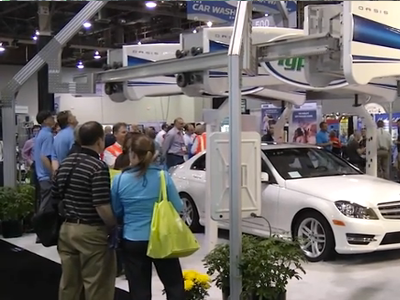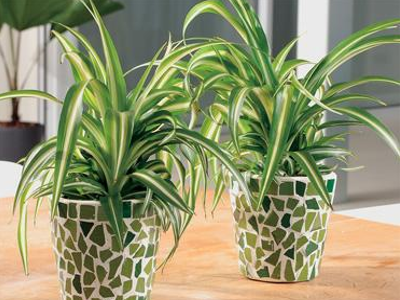The Many Benefits of Indoor Plants
Smog or ozone, is one of the main component of air pollution. Ozone pollution is often related to the outdoor air, the gas also creep into indoor environments like office buildings and homes.
Theses ozone can also be released by even printers, and lights, all which increases the indoor ozone levels. Indoor air pollution has been ranked as one of the greatest health risk because most people spent their time indoors.
Studies have shown the economic consequence have been costly, the cost of indoor air pollution exceeds 12 billion annually in Australia, due to increase in worker productivity, absenteeism and medical cost.

Indoor air pollution poses a new concern, however there is an easy and cost effective way to reduce these gases. There are many studies that have shown that plants filter out common volatile organic compounds (VOCs), this method can be use as a cost effective way and low maintenance to reduce indoor air pollution for cleaner breathing air.

Hospital and aged care have used indoor plants to help create a more restful and relaxing ambiance for patients. Hospital which has indoor plants in their room report that their patient has lower stress levels than patient without them. We all know that spending time with nature can help to reduce stress levels.
In an office environment, it can also help by improving health and also reduce the fatigue and stress thus this increases the focus and productivity of employee. Sickness rates fall dramatically for offices plants than when compare with offices without plants.
For additional information on plants or if you would like to schedule a free quote, please get in touch with us, we love to hear from you.




